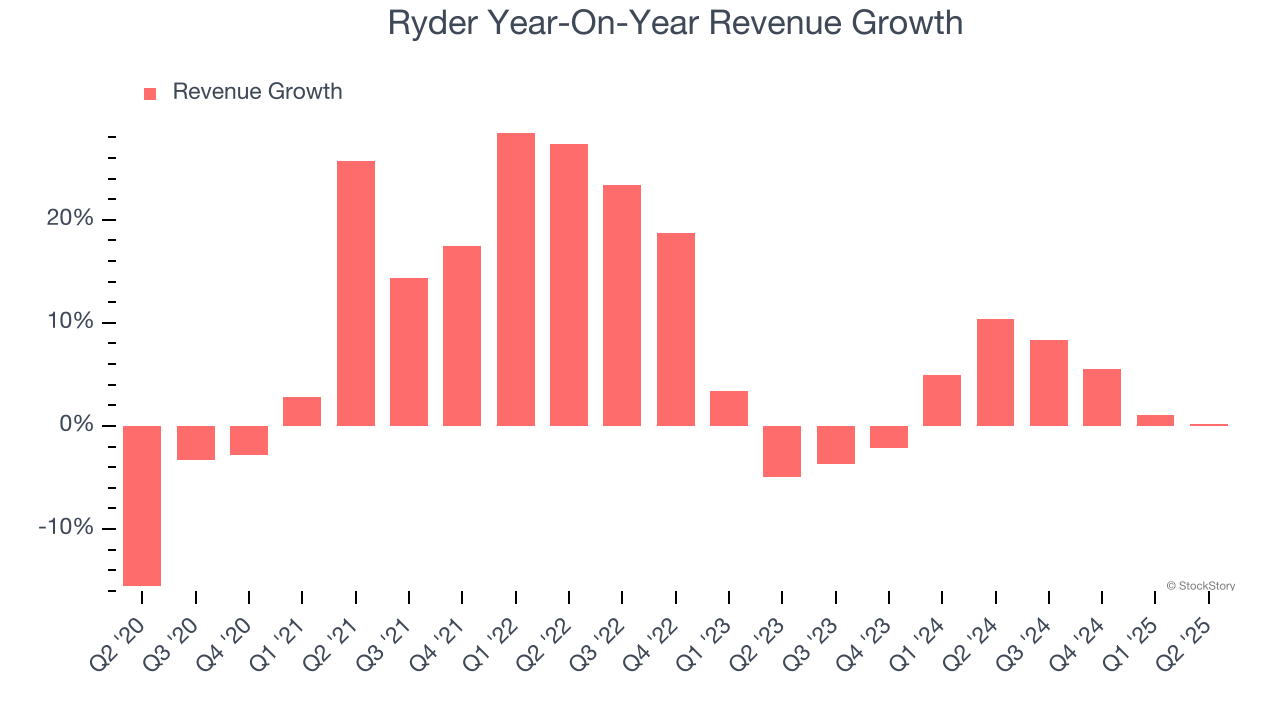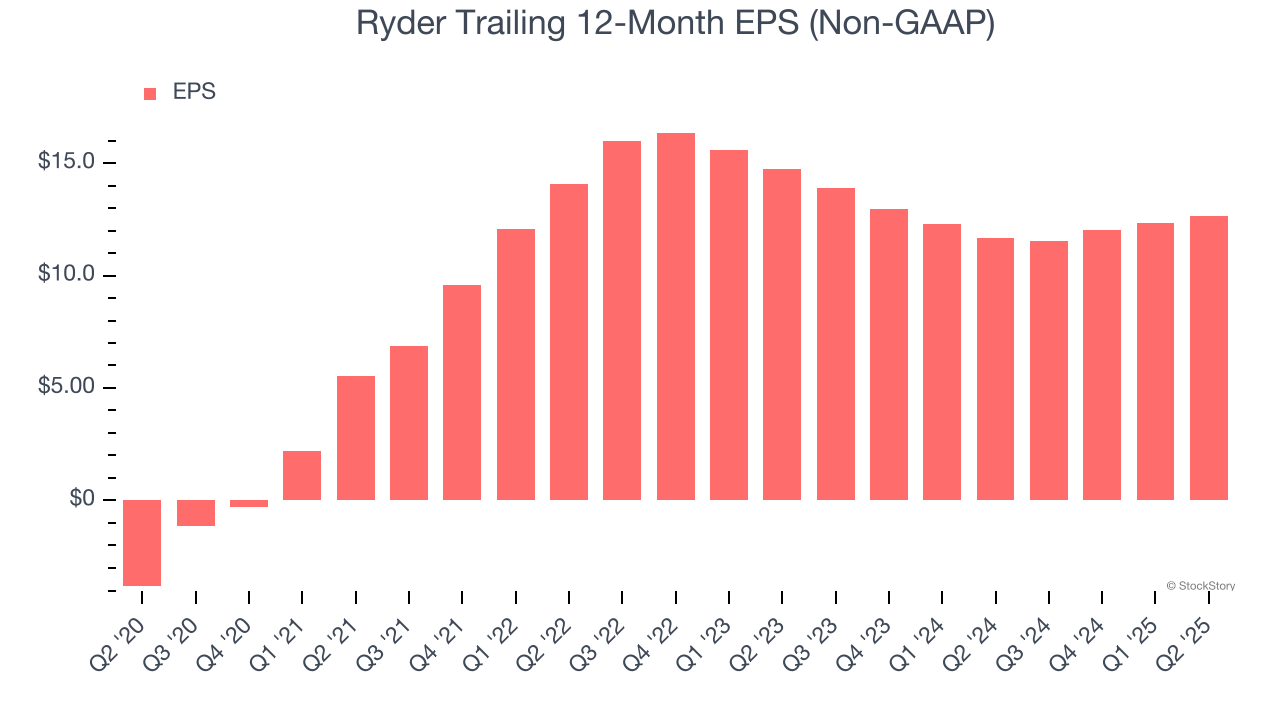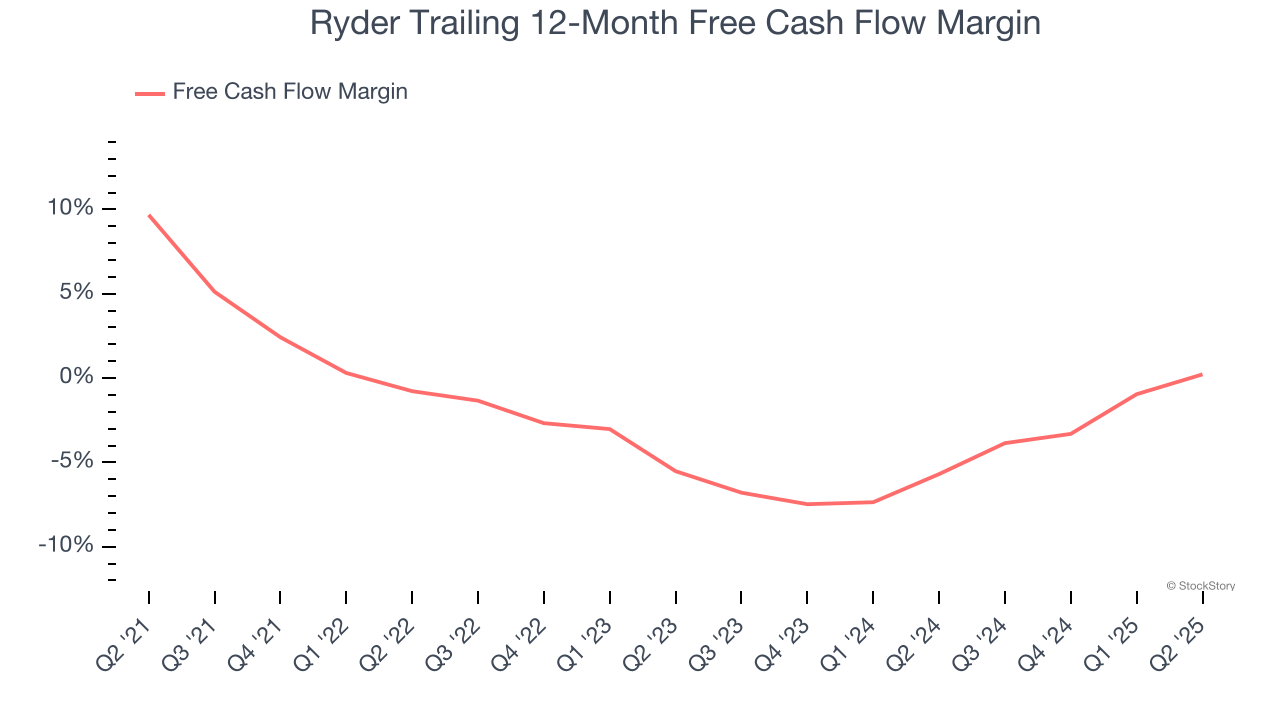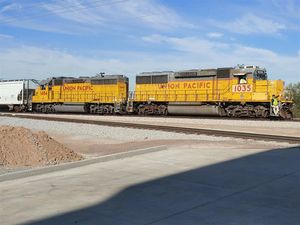
Ryder currently trades at $186.05 and has been a dream stock for shareholders. It’s returned 356% since September 2020, blowing past the S&P 500’s 87.9% gain. The company has also beaten the index over the past six months as its stock price is up 21.3% thanks to its solid quarterly results.
Is now the time to buy Ryder, or should you be careful about including it in your portfolio? Dive into our full research report to see our analyst team’s opinion, it’s free.
Why Do We Think Ryder Will Underperform?
We’re happy investors have made money, but we're swiping left on Ryder for now. Here are three reasons there are better opportunities than R and a stock we'd rather own.
1. Lackluster Revenue Growth
Long-term growth is the most important, but within industrials, a stretched historical view may miss new industry trends or demand cycles. Ryder’s recent performance shows its demand has slowed as its annualized revenue growth of 3% over the last two years was below its five-year trend. We also note many other Ground Transportation businesses have faced declining sales because of cyclical headwinds. While Ryder grew slower than we’d like, it did do better than its peers. 
2. EPS Took a Dip Over the Last Two Years
While long-term earnings trends give us the big picture, we also track EPS over a shorter period because it can provide insight into an emerging theme or development for the business.
Sadly for Ryder, its EPS declined by 7.4% annually over the last two years while its revenue grew by 3%. This tells us the company became less profitable on a per-share basis as it expanded.

3. Free Cash Flow Margin Dropping
Free cash flow isn't a prominently featured metric in company financials and earnings releases, but we think it's telling because it accounts for all operating and capital expenses, making it tough to manipulate. Cash is king.
As you can see below, Ryder’s margin dropped by 9.5 percentage points over the last five years. It may have ticked higher more recently, but shareholders are likely hoping for its margin to at least revert to its historical level. Almost any movement in the wrong direction is undesirable because of its already low cash conversion. If the longer-term trend returns, it could signal it’s becoming a more capital-intensive business. Ryder’s free cash flow margin for the trailing 12 months was breakeven.

Final Judgment
We cheer for all companies making their customers lives easier, but in the case of Ryder, we’ll be cheering from the sidelines. With its shares beating the market recently, the stock trades at 13.2× forward P/E (or $186.05 per share). While this valuation is reasonable, we don’t see a big opportunity at the moment. There are more exciting stocks to buy at the moment. Let us point you toward one of our top digital advertising picks.
Stocks We Would Buy Instead of Ryder
When Trump unveiled his aggressive tariff plan in April 2025, markets tanked as investors feared a full-blown trade war. But those who panicked and sold missed the subsequent rebound that’s already erased most losses.
Don’t let fear keep you from great opportunities and take a look at Top 6 Stocks for this week. This is a curated list of our High Quality stocks that have generated a market-beating return of 183% over the last five years (as of March 31st 2025).
Stocks that made our list in 2020 include now familiar names such as Nvidia (+1,545% between March 2020 and March 2025) as well as under-the-radar businesses like the once-small-cap company Exlservice (+354% five-year return). Find your next big winner with StockStory today.
StockStory is growing and hiring equity analyst and marketing roles. Are you a 0 to 1 builder passionate about the markets and AI? See the open roles here.






